Guide to Buying the Best Power Bank: Stay Charged Up in a Digital World
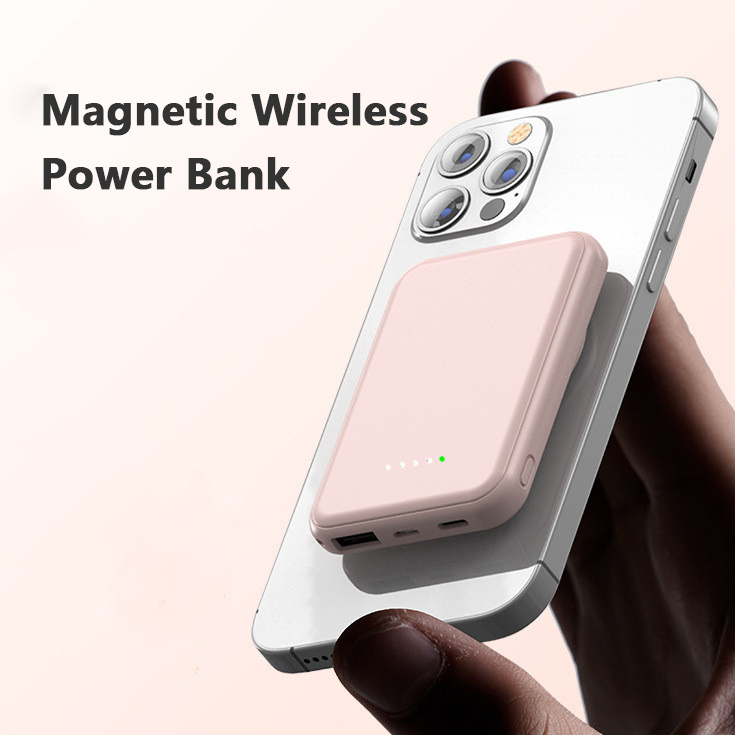
But with a dizzying array of options out there, choosing the right power bank can feel overwhelming. What capacity do you need? What about charging speeds? And what features actually matter? Don’t sweat it! This guide is here to demystify the world of power banks and help you find the perfect one to keep you powered up on the go.
In this guide, we’ll dive deep into:
- Capacity: How much power do you really need?
- Ports and Connectivity: Understanding USB-A, USB-C, and more.
- Charging Speed: Getting the fastest possible charge.
- Size and Weight: Finding the right balance between power and portability.
- Safety: Ensuring your devices are protected.
- Brands: Which brands can you trust?
So, buckle up and let’s get started on your journey to power bank perfection!
Capacity: How Much Power Do You Really Need?
Okay, let’s talk numbers. Power bank capacity is measured in milliampere-hours (mAh). Think of it as the “fuel tank” of your power bank – the higher the mAh, the more juice it can hold. A higher mAh rating means you can charge your devices more times before the power bank itself needs a recharge.
So, how do you figure out the right capacity for you? A good starting point is to check the battery capacity of your smartphone. For example, if your phone has a 3000mAh battery, a 10000mAh power bank should be able to charge it about three times. But hold on, there’s a catch!
Nominal vs. Actual Capacity: The Truth About the Numbers
You’ll often see two numbers listed: nominal capacity and actual capacity. Nominal capacity is the theoretical maximum the power bank can hold. However, due to voltage conversion and energy loss during the charging process, the actual capacity is always lower. Expect to get around 60-70% of the nominal capacity in real-world use. That 10000mAh power bank might only give you two and a bit charges on your 3000mAh phone.
Choosing the Right Capacity: Consider Your Needs
Think about how you typically use your devices. Are you a heavy user who drains their battery multiple times a day? Or do you just need a top-up to get you through the evening? For occasional use, a smaller, more portable power bank (5000mAh – 10000mAh) might be sufficient. If you’re a frequent traveler or rely heavily on your devices, a larger capacity (10000mAh+) is a better investment. Remember, it’s always better to have more power than you need!
Ports and Connectivity: All About Input and Output
Now let’s talk about ports. Power banks come with different types of ports for charging your devices and for recharging the power bank itself. Understanding these ports is crucial for getting the best charging experience.
Common Port Types:
- USB-A: The classic USB port. It’s widely compatible with older devices and cables, but it’s generally slower for charging compared to newer standards.
- USB-C: The modern standard. USB-C offers faster charging speeds and can also be used to charge the power bank itself. It’s becoming increasingly common on newer smartphones, tablets, and laptops.
- Micro USB: An older port type primarily used for charging older Android devices and the power bank itself. It’s being phased out in favor of USB-C.
Input vs. Output:
Make sure to pay attention to whether a port is used for input (charging the power bank) or output (charging your devices). Some ports can function as both input and output, while others are dedicated to one or the other. USB-C ports are often bidirectional, allowing them to handle both input and output.
Charging Multiple Devices Simultaneously:
Many power banks come with multiple output ports, allowing you to charge multiple devices at the same time. This is a great feature if you have a smartphone, tablet, and other gadgets that need charging. However, keep in mind that charging multiple devices simultaneously may reduce the charging speed for each device.
Wireless Charging: The Cable-Free Option
Some power banks offer wireless charging, which allows you to charge compatible devices without using a cable. Simply place your device on top of the power bank, and it will start charging wirelessly. Wireless charging is convenient, but it’s generally slower than wired charging.
Charging Speed: Is Faster Really Better?
Alright, let’s get into charging speeds. We live in a world of instant gratification, and waiting for your devices to charge can feel like an eternity. The charging speed of a power bank and your connected devices is a crucial factor to consider.
Understanding Charging Technologies:
Several fast-charging technologies are available, such as:
- Quick Charge (QC): Developed by Qualcomm, Quick Charge technology allows compatible devices to charge much faster than standard USB charging. Different versions of Quick Charge offer varying charging speeds.
- Power Delivery (PD): Power Delivery is a universal charging standard that uses USB-C ports. It can deliver much higher power levels than Quick Charge, allowing it to charge larger devices like laptops.
Volts (V) and Amps (A): The Key to Speed
Charging speed is determined by the voltage (V) and current (A) delivered by the power bank. Higher voltage and current generally result in faster charging. Look for power banks that support higher voltage and current output, especially if you have devices that support fast charging technologies.
Compatibility is Key:
To achieve the fastest possible charging speed, make sure that both the power bank and your connected devices support compatible fast-charging technologies. Using a power bank with Quick Charge on a device that doesn’t support it won’t result in fast charging. Similarly, using a standard charger on a device that supports fast charging will limit the charging speed.
A Word of Caution: Use the Right Chargers!
Using incompatible or low-quality chargers can potentially damage your devices. Always use chargers that are specifically designed for your devices and meet the required voltage and current specifications. It’s worth investing in reputable brands to ensure safety and optimal charging performance.
Size and Weight: Portability is Key & Safety: Your Top Priority
Let’s face it, no one wants to lug around a brick in their bag. The size and weight of your power bank are crucial for portability. Consider how you’ll be using it: for everyday carry, travel, or emergencies? Different power banks come in various sizes, from pocket-sized to larger, high-capacity models.
Finding the Right Balance:
- Small and Compact: Ideal for everyday carry and topping up your phone. Something like the Mini Fast Charging Magnetic Wireless Power Bank 5000 MAh Portable is a great option. These are super portable and fit easily in your pocket or bag.
- Medium-Sized: A good compromise between capacity and portability. These can charge your phone multiple times and are still reasonably easy to carry.
- Large and High-Capacity: Best for travel or when you need to charge multiple devices. These are bulkier but offer the most power.
Safety First!
Now, let’s talk about the REALLY important stuff: safety. A power bank is essentially a battery, and like any battery, it needs to be handled with care. Look for power banks with built-in safety features to protect your devices and yourself.
Essential Safety Features:
- Over-Voltage Protection: Prevents damage from excessive voltage.
- Over-Current Protection: Protects against excessive current flow.
- Over-Heating Protection: Prevents the power bank from overheating.
- Short-Circuit Protection: Protects against short circuits, which can be dangerous.
Certifications and Brands:
Look for power banks with recognized safety certifications like CE, FCC, and RoHS. These certifications indicate that the power bank has been tested and meets safety standards. Also, stick to reputable brands known for quality and safety. Investing in a quality power bank from a trusted brand will give you peace of mind and protect your valuable electronic accessories.

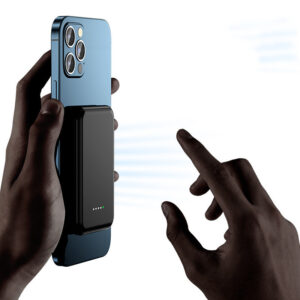
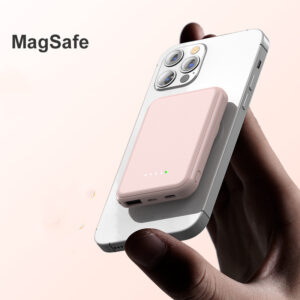
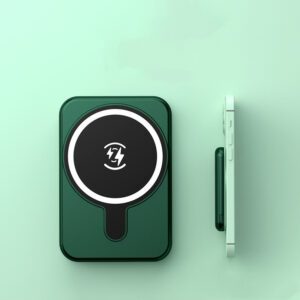
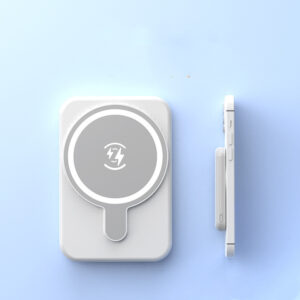
Very good
Cool partnership
Good